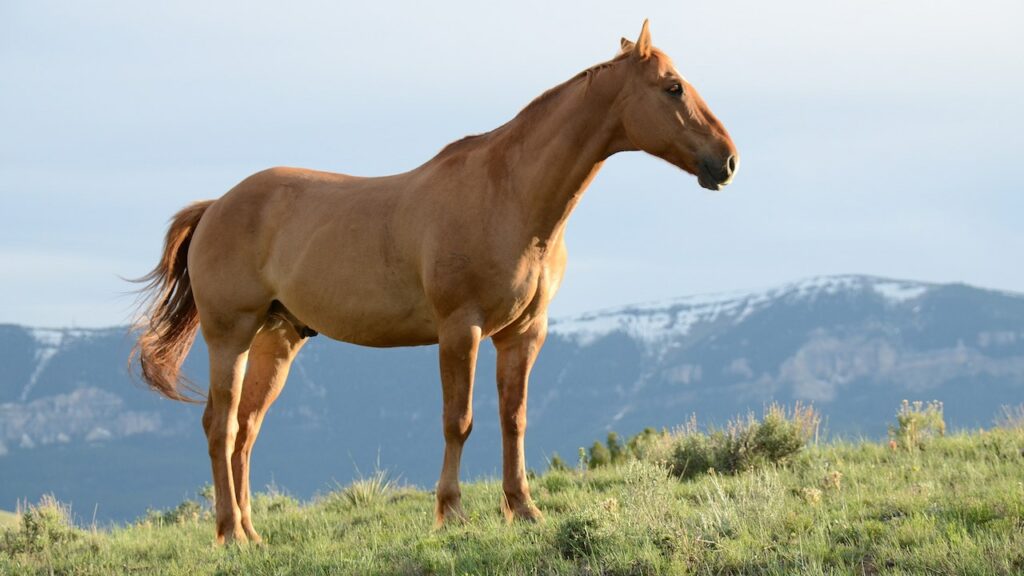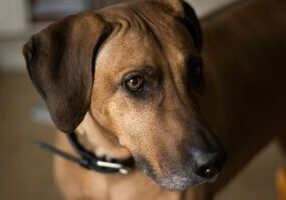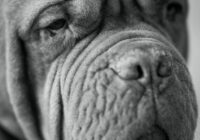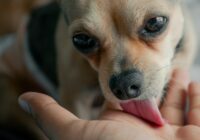Bog Spavin in Horses: Causes, Symptoms, and Treatment
If you’re looking to buy a horse, it’s important to be aware of bog spavin – a condition that can cause pain and lameness in the hock joint. So before making your next equine purchase, be sure to read this article! This article will provide all the information about bog spavin, including treatment options and how to spot the symptoms.
What Is Bog Spavin?
Bog spavin is a common joint condition that affects horses of all ages. It occurs when inflammation sets in the hock joints, resulting in pain and lameness. This condition can be caused by several factors, including trauma or excessive exercise, and can lead to permanent damage if not addressed properly. This article will discuss the causes, symptoms, and treatment of bog spavin in horses.
Causes of Bog Spavin
The most common cause of bog spavin is trauma or injury to the hock joints caused by excessive exercise. This can include running on hard surfaces or jumping high fences. Other potential causes include arthritis or infection in the joint area. In some cases, genetic predisposition could be a factor as well. It’s important to note that excessively tight or poorly fitting tack can also contribute to the development of bog spavin due to increased pressure on the joint area.
Symptoms of Bog Spavin
The primary symptom of bog spavin is lameness when exercising or walking slowly. The horse may also show signs of pain when being handled around the leg area, particularly near the hock joints. Other signs may include swelling in the joint area and an uneven gait when walking or trotting. If left untreated for an extended period, your horse may experience permanent changes to its gait and movement ability due to irreversible damage to the joint area from trauma or infection.
Treatment Options for Bog Spavin
What’s important to remember is that early detection and proper treatment are key when managing bog spavin in horses.
Here are some recommended treatments:
Pain relief medication:
Non-steroidal anti-inflammatory drugs such as phenylbutazone can provide short-term relief from pain and discomfort associated with this condition while reducing inflammation in affected areas. Corticosteroids are for more severe cases. They should only be used under veterinary supervision as long-term use could cause damage to vital organs like kidneys and liver.
Restricted activity/exercise:
Limiting activity/exercise during recovery periods is essential for giving your horse’s body time to heal properly from any traumatic episodes causing bogging issues in their legs/hocks. This means avoiding activities such as jumping fences or galloping over rough terrain for extended periods until advised otherwise by your veterinarian.
Joint injections:
Glucosamine injections into affected areas can help reduce inflammation while providing pain relief during recovery periods. However, these should only be given after consultation with your vet first, as improper injection techniques could do more harm than good here.
Surgery:
Depending on severity levels, surgical intervention is needed here. This will only happen after examination by specialist vets. Surgical correction involves removing damaged tissue from around hock joints. This procedure tends towards longer recovery times than other treatment options.
If your horse is suffering from bog spavin, getting them the help they need as soon as possible is important. Don’t risk leaving their treatment to chance: make sure you have a plan for any potential medical expenses. Furrr insurance has got you covered, so take out a policy today and give your










